Ashok Leyland Gearing Up For BS VI-Compliant Powertrains
Programmed engines with more electronics and digital features are under development.
With the Bharat Standards VI (Euro 6 equivalant) emission norms will go into effect by 2020, India’s second largest CV maker Ashok Leyland (AL) is busy preparing for the challenging transition from BS 4 to BS 6. The company is working on capacity building and modernisation of its competencies and technologies to meet the growing requirements for the BS 6. The company’s ‘Neptune’ and ‘H-Series’ engines are currently undergoing significant improvements to meet the stringent emission norms.
Also Read: Ashok Leyland 4940 Euro 6 (BS 6) Truck
For instance, the host of digital technologies are being inducted into the powertrain application to meet high fuel efficiency levels. New in-built algorithms are formulated and the ECUs calibrated to decipher data from tyres and chassis through vibrations. Using this data, the actuators will be controlled for different terrain and road conditions. As much as 15-20 parameters are measured by the control unit to optimize the engine operations for towards better efficiency. AL believes that these measures can result in 20 percent increase in efficiency. To tap full benefits of such improvements, the use of AMT (Automated Manual Transmission) is essential, adds the company.
BS 4 to BS 6: How hard?
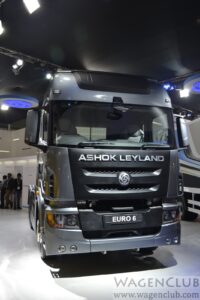
EURO 6 READY: Ashok Leyland has already unveiled the Euro 6-compliant (BS 6 equivalent) 4940 truck at the 2016 Auto Expo early this year.
The task of moving from BS 4 to BS 6-compliant engines is a real challenge for every CV makers. The powertrains require key upgrades such as advanced temperature management systems, both Exhaust Gas Recirculation (EGR) and Selective Catalytic Reduction (SCR), Diesel Oxidation Catalyst (DOC) and Particle Oxidation Catalysts (POC), Diesel particulate filters, and a host of electronics to take care of these new additions. The engine components have to be compactly packaged, thereby resulting in new adjustments at the cabin interface to body. There will also be a shift in the use of essential materials towards weight reduction, such as a plastic and other sturdy materials in place of steel. The steel is being increasingly replaced by aluminium in chassis manufacturing.
Also Read: Ashok Leyland HYBUS Hybrid – India’s first non-plugin series hybrid bus
The home-grown company is into modernising its test-beds with new calibration techniques and test equipment for BS 6 products. Company insiders says that the performance of prototypes with new upgrades and materials are measured by simulating the real-world environment at test centres. The BS 6 quality fuel is also sourced by the company to test the prototypes.
Ashok Leyland is also upsizing its current set of engine simultaneously. As per official sources, the H-Series will go H2 to H6, and the N-Series will generate more power up to 400 hp from the current 250 hp. The 400 hp engines is likely to cater mining and defence applications in the years to come, to take on foreign rivals such as Volvo, Scania, and Daimler.
Next, would you like to read more on Ashok Leyland, or Commercial Vehicles in general?
H/T Auto Components India magazine, December 2016.

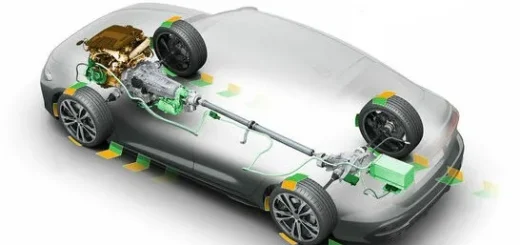
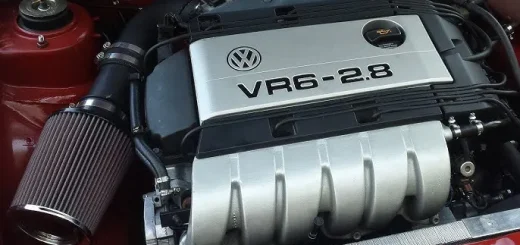


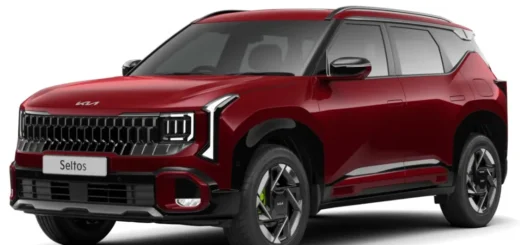
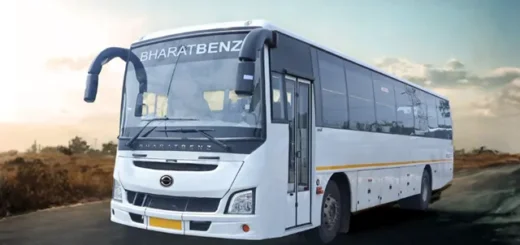
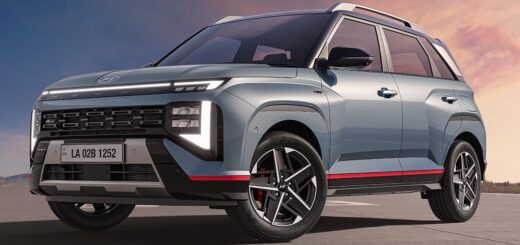
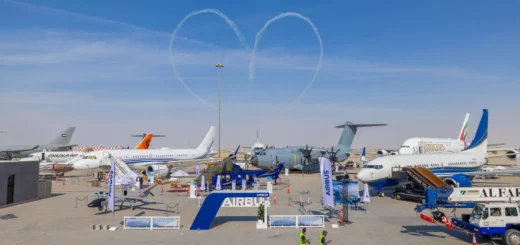


Ashok leyland is the best in every innovation. A company with global potentials